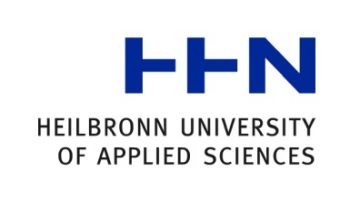German in the Linguistic Landscapes

Examples of German-Baltic traces in the landscape reflect history in positive as well as in sad dark ways. At the same time, a search for German shows also the abundance of contemporary relations – in education, culture, politics, business and other contexts.
Projects which apply the “Linguistic Landscape” approach are easy to conduct and a lot of fun for students, researchers and individuals at all levels. They allow to look upon one’s everyday environment with a completely new eye. Among the projects which have been conducted in the Baltic states are:
- A map and a booklet by the DAAD Information Centre Riga with photos which summarise examples of the presence of German in Estonia, Latvia and Lithuania (see under Downloads).
- Projects by school and university students who searched for the German language in their environment, and categorised and analysed their findings, for instance at Tallinn University. For more information see different publications, including “Linguistic Landscapes und Spot German an der Schnittstelle von Sprachwissenschaft und Deutschdidaktik”, edited by Heiko F. Marten and Maris Saagpakk (2017) or “Linguistic Landscapes im deutschsprachigen Kontext”, edited by Evelyn Ziegler and Heiko F. Marten (2021).
- A virtual map of Estonia as part of a project in cooperation of In DAAD, the Estonian Association of Teachers of German, and the Embassy of the Federal Republic of Germany in Tallinn published around 2014 (the page saksa-eesti.ee is currently not online anymore). Aim of the map was to show students, but also other people interested in German-Estonian relations, to look for the presence of German and to show the abundance of relations that there have been at all times. A more detailed explanation by Signe Ilmjärv (Toila), who was at the time the chairwoman of the Estonian Association of Teachers of German, is available (in German) in the book by Marten / Saagpakk (see above).
In the context of the DAAD lecturership in Applied Linguistics at the University of Latvia which is connect to the IC Riga, several workshops on linguistic landscapes have been conducted for teachers and students. If you are interested in such an event (virtual or at your institution) – please get in touch with us!


